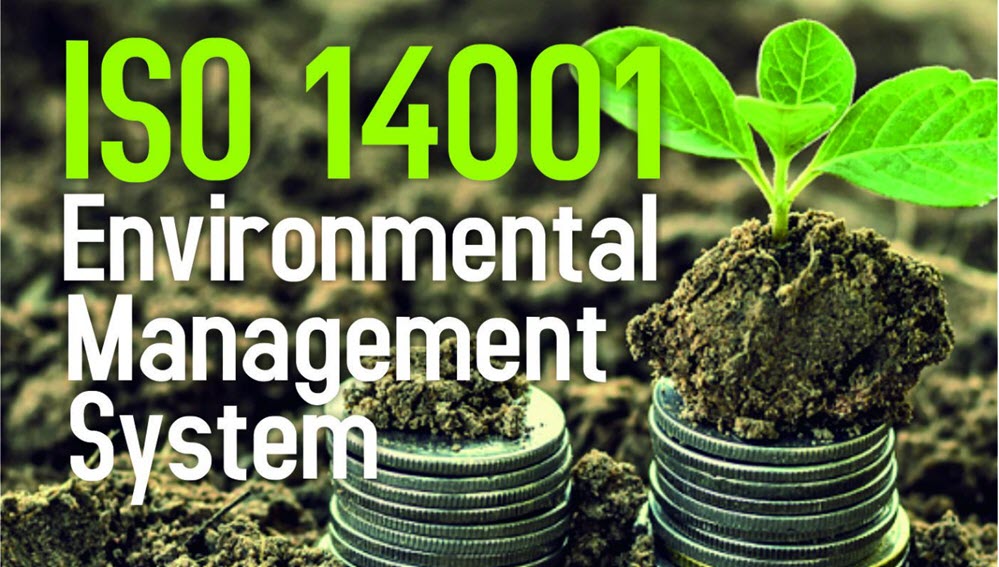EQMS Blog

The Process of Developing an ISO 9001 Quality Management System
Quality management systems are essential in ensuring that organisations can deliver quality products and services consistently. The International Organisation for Standardization (ISO) developed the ISO 9001 standard to help organisations establish and maintain quality management systems. An ISO 9001 Quality Management System (QMS) can help an organisation improve its overall performance, enhance customer satisfaction and increase its competitiveness in the market. This article will discuss the process of developing an ISO 9001 Quality Management System.
Identify the Organisation’s Objectives
The first step in developing an ISO 9001 QMS is to identify the organisation’s objectives. The organisation’s objectives should be aligned with its mission and vision, and they should be measurable, achievable, relevant and time bound. The organisation should identify the key performance indicators (KPIs) that it will use to measure its progress towards achieving its objectives.
Define the Scope of the QMS
The next step is to define the scope of the QMS. The scope should define the processes, products and services that the QMS will cover. The scope should also identify the locations where the QMS will be implemented and the personnel responsible for implementing and maintaining the QMS.
Develop a Quality Policy
The organisation should develop a quality policy that reflects its commitment to quality and customer satisfaction. The quality policy should be communicated to all employees and it should be prominently displayed in the workplace. The quality policy should be reviewed periodically to ensure that it remains relevant and effective.
Conduct a Gap Analysis
The organisation should conduct a gap analysis to identify the areas where it needs to improve its processes to meet the requirements of the ISO 9001 standard. The gap analysis should include a review of the organisation’s current processes, procedures and documentation, as well as an assessment of the organisation’s readiness to implement the ISO 9001 standard.
Develop a Quality Manual
The organisation should develop a quality manual that documents its QMS. The quality manual should include a description of the organisation’s processes, procedures and documentation, as well as the roles and responsibilities of the personnel responsible for implementing and maintaining the QMS. The quality manual should be reviewed and updated periodically to ensure that it remains relevant and effective.
Develop Procedures and Work Instructions
The organisation should develop procedures and work instructions that document the processes identified in the quality manual. The procedures and work instructions should provide step-by-step instructions on how to perform each process and they should be easy to understand and follow. The procedures and work instructions should be reviewed and updated periodically to ensure that they remain relevant and effective.
Implement the QMS
The organisation should implement the QMS according to the procedures and work instructions developed in previous step. The implementation should include training personnel on the QMS, communicating the QMS to all stakeholders and monitoring the effectiveness of the QMS.
Monitor and Measure Performance
The organisation should monitor and measure the performance of the QMS using the KPIs identified in the first step. The organisation should use the data collected to identify areas where it needs to improve its processes and to make data-driven decisions.
Conduct Internal Audits
The organisation should conduct internal audits of its QMS to ensure that it is functioning effectively and efficiently. Internal audits should be conducted periodically, and they should include a review of the organisation’s processes, procedures and documentation.
Continual Improvement
The final step in developing an ISO 9001 QMS is continual improvement. The organisation should use the data collected in Step 8 and the results of internal audits in Step 9 to identify areas where it can improve its processes and implement corrective actions. The organisation should also review the QMS periodically to ensure that it remains relevant and effective. Continual improvement is a key aspect of the ISO 9001 standard and is essential in maintaining the effectiveness of the QMS.
Benefits of an ISO 9001 Quality Management System
Implementing an ISO 9001 QMS can provide many benefits to an organisation, including:
- Improved efficiency and effectiveness of processes.
- Enhanced customer satisfaction.
- Increased employee motivation and engagement.
- Increased competitiveness in the market.
- Improved supplier relationships.
- Enhanced risk management.
- Improved decision-making based on data-driven insights.
- Reduced costs and waste.
Conclusion
Developing an ISO 9001 Quality Management System requires a systematic approach that involves identifying the organisation’s objectives, defining the scope of the QMS, developing a quality policy, conducting a gap analysis, developing a quality manual, developing procedures and work instructions, implementing the QMS, monitoring and measuring performance, conducting internal audits and continually improving the QMS. Implementing an ISO 9001 QMS can provide many benefits to an organisation, including improved efficiency and effectiveness of processes, enhanced customer satisfaction and increased competitiveness in the market.
If you are interested in developing and implementing an efficient QMS, then contact us for a free consultation on how we can support.
Continue to ISO 9001 Consultants

Request a free consultation
Contact us to discuss your needs and see how we can support to reach your goal.

Recent posts

In today's digital age, businesses are constantly exposed to various cyber threats. As a result, companies must adopt a proactive approach to cybersecurity to prevent data breaches, theft, and other...

ISO 14001 is a globally recognised standard for environmental management systems (EMS) that helps organisations manage their environmental impact and improve their sustainability performance. Obtaining this certification demonstrates a company's...

In today's business environment, companies are looking for ways to streamline their operations, reduce costs and improve their bottom line. One area where businesses can achieve these goals is by...
Just a Few of Our Clients
Request a Free Consultation
Contact us to discuss your needs and see how we can support to reach your goal.















